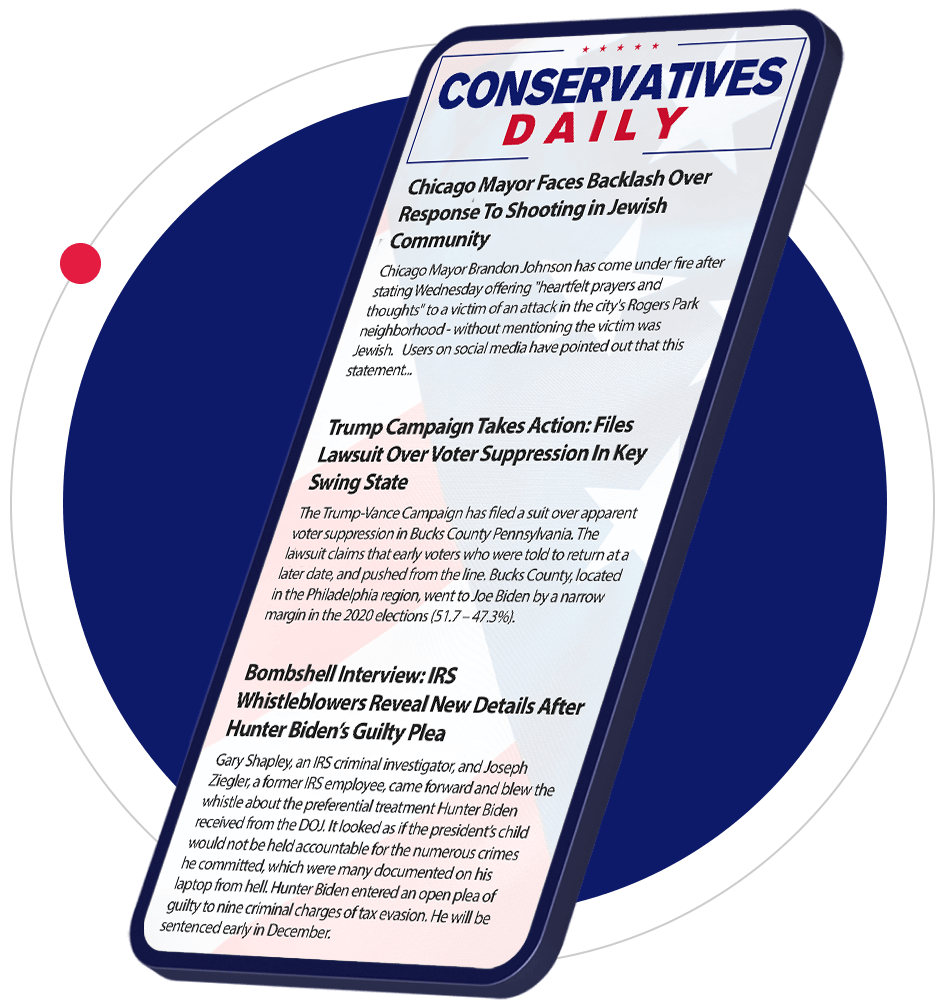The question before the Supreme Court this week cuts to the very heart of how much power one person should wield over the American economy. It is a question as old as the Republic itself, but rarely has it carried such immediate and sweeping consequences.
President Trump announced a 10% reduction in tariffs on Chinese goods following his meeting with President Xi Jinping in Busan, citing what he called meaningful progress on fentanyl enforcement and rare-earth mineral exports. Yet even as that diplomatic breakthrough unfolds, the nation’s highest court prepares to hear arguments Wednesday that could fundamentally reshape the boundaries of executive authority.
At stake is whether a president can declare a national emergency and use that declaration to impose tariffs on virtually every trading partner America has. The International Emergency Economic Powers Act sits at the center of this constitutional showdown, and how the justices interpret that statute will echo far beyond trade policy.
A coalition of small businesses and several states have challenged what they characterize as an abuse of presidential authority. Lower federal courts sided with those challengers, but the administration’s Justice Department warns that denying tariff authority would leave the nation vulnerable to trade retaliation without adequate defenses.
Thomas Dupree, a prominent appellate attorney and former senior Justice Department official, framed the issue plainly. The Supreme Court must decide whether Congress actually granted the president the expansive authority he claims to impose tariffs in ways no previous president has attempted. The fact that such authority has not been exercised before does not necessarily make it impermissible, but it does demand careful scrutiny.
The financial implications are staggering. Businesses large and small watch nervously as their planning, their supply chains, and their bottom lines hang in the balance. The global economy, still recovering from years of disruption, awaits the Court’s judgment with equal concern.
This case represents the first major substantive test of the administration’s ambitious second-term agenda. Since January, the Supreme Court has handled numerous emergency appeals dealing with immigration enforcement, federal spending reductions, workforce cuts, and military policies. In most of those cases, the Court’s 6-3 conservative majority reversed preliminary injunctions from lower courts, allowing challenged policies to proceed while litigation continued.
That pattern has generated considerable frustration among federal judges and created uncertainty about where the lines of authority truly lie. Now those simmering disputes are reaching the Supreme Court for final resolution, and legal observers suggest the justices may be prepared to affirm substantial unilateral presidential powers.
The stakes extend well beyond tariffs. How the Court rules will signal whether the executive branch can invoke emergency powers broadly to achieve policy goals that might otherwise require congressional action. It speaks to the balance of powers the Founders envisioned and whether that balance still holds in an era of global commerce and rapid economic change.
The justices expedited this case, recognizing its urgency for businesses navigating uncertain trade conditions and for an economy that cannot function effectively under a cloud of legal ambiguity. Their decision will arrive at a moment when presidential power faces scrutiny across multiple fronts, making this ruling all the more consequential.
What happens in that courtroom Wednesday will reverberate through boardrooms, factory floors, and ports of entry across the nation. The question is not merely legal but profoundly practical: who decides how America engages with the world economy, and what limits constrain that decision-maker?
Related: DNC Chair Predicts Victory in New Jersey and Virginia as Party Tests Midterm Strategy


